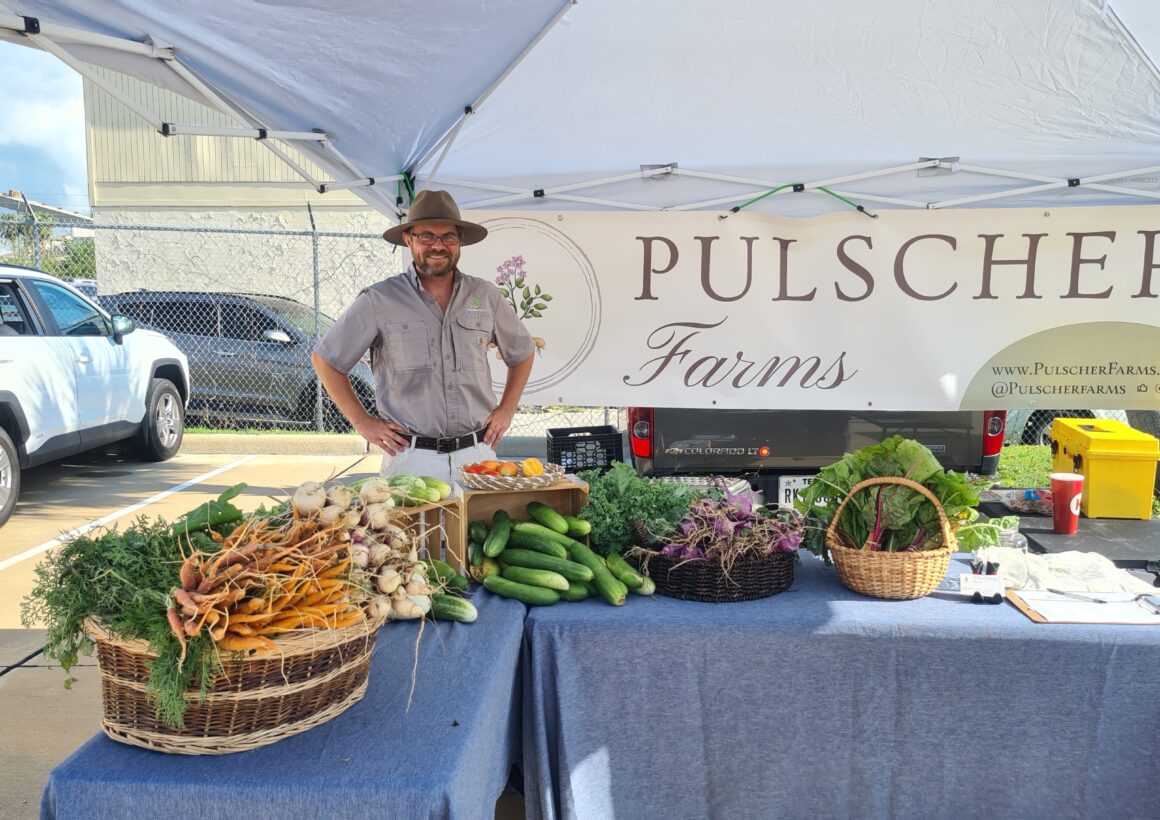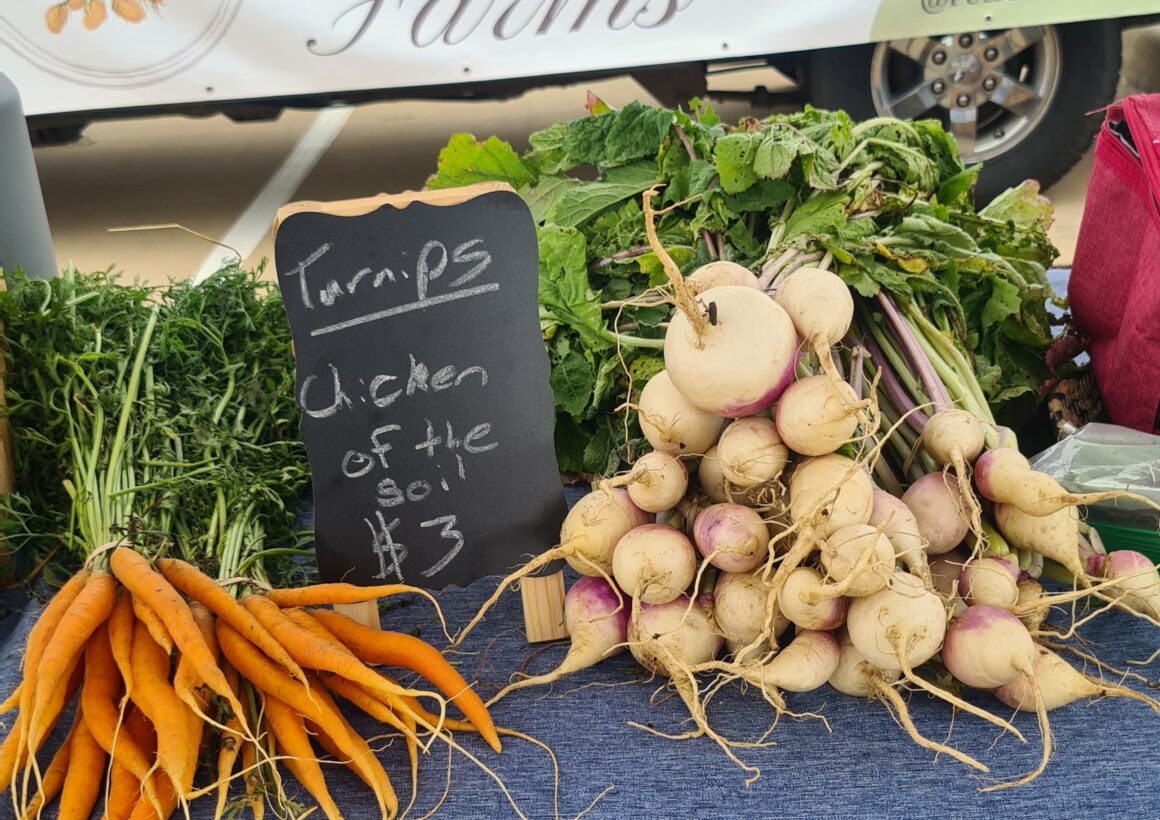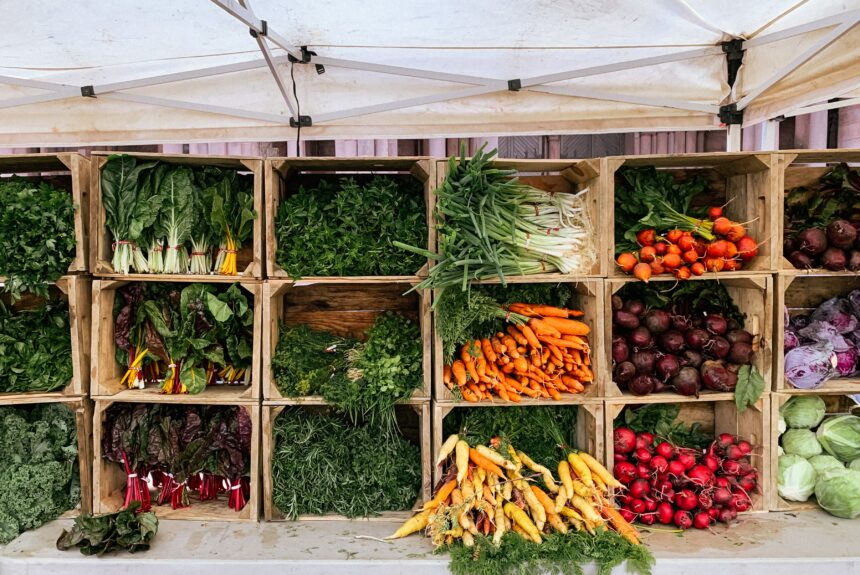Inflation is impacting more than just utility bills and the price at the pump., It’s hitting our dinner plates too. High labor and energy costs have increased the price of fish, meat, eggs, and poultry by 10% on a year-on-year basis every month since September, according to federal data. As of May, grocery prices were nearly 12% higher than a year earlier. The cost of dining out is 7.7% higher today than it was a month ago, even as restaurants serve smaller portion sizes to make up for the high cost of food.
America’s farmers are not impervious to these price hikes. As labor and capital costs rise, it is becoming more expensive for farmers to grow food.
American farmers and innovators are responding, offering solutions to the growing problem of food prices. One such company is Texas-based Eden Green. By combining the energy efficiency of a traditional greenhouse with the verticality of an indoor farm, Eden Green is growing lettuce and other leafy greens indoors and year-round.
>>>READ: Eden Green is Bringing Affordable, Healthy Food to Consumers
While most of the produce in America is grown in rural areas, Eden Green’s patented approach allows for food to be cultivated closer to the consumer and near highly populated regions, significantly reducing transportation costs. As Eddy Badrina, CEO of Eden Green, said in a recent interview with C3, health enthusiasts on the East Coast are eating a “3,000-mile salad every day…which is not sustainable financially with supply chain and trucking problems and environmentally.” By cutting out some of the transportation and labor costs, lettuce grown in an Eden Green greenhouse may give customers some relief at the checkout counter.
High fertilizer prices are also beginning to force some farmers to rethink their methodology and consider more regenerative practices, such as no till, microbe fertilizers, and cover crops. This shift is impacting not just larger conglomerates, but local farmers as well.
Sante Fe, Texas-based Pulscher Farms is a first-year farm that has made it its goal to incorporate sustainability and regenerative agriculture into its operations. Greg Pulscher, who heads up Pulscher Farms, explains why he is making such a bold move.
“What attracted me to regenerative farming is that I’m going to get things wrong, but at the end I have that goal in mind that I want to make the area around me better,” said Pulscher in an interview with C3. “You’re working with nature to figure out what works better in this soil, what works better with this compost, what works better in this season.”
Pulscher does not spray his crops, and in year one has refrained from using fertilizers but instead relies on organic compost to keep his crops nourished. After testing out his soil with different pilot crops, Mr. Pulscher was able to figure out what grows best on different parts of the farm. His first batch of kohlrabi, for instance, was quickly consumed by bugs, but this initial setback allowed Pulscher to grow a second harvest that did quite well. Cucumbers, peppers, and sweet potatoes have also had success at Pulscher Farms.



Pulscher also applies a holistic approach away from the fields.
“My slogan that I’m trying to promote is ‘improve your plot in life,’” Pulscher said. “That starts with my family but that’s also the nature around me, that’s the environment around me. And with regenerative farming, you do improve the environment around you. When you improve the health of your environment, that helps you produce healthier food.”
Pulscher is growing on one acre of land and has a goal to eventually expand and employ the use of other regenerative practices including no till. Given the demand within his community, Pulscher Farms could be well on its way to rapid expansion.
“When I’m talking with the community, it’s very evident that there is a demand for something that is healthy. I think a lot of people want a beautiful environment, they want nature to do its thing.”
As food prices rise, America’s farmers and entrepreneurs are answering the call to deliver lower prices for consumers. By employing groundbreaking technology or simply going back to nature’s roots, we can look to the men and women who work tirelessly to bring food to the dinner table to again meet our needs.
The views and opinions expressed are those of the author’s and do not necessarily reflect the official policy or position of C3.

